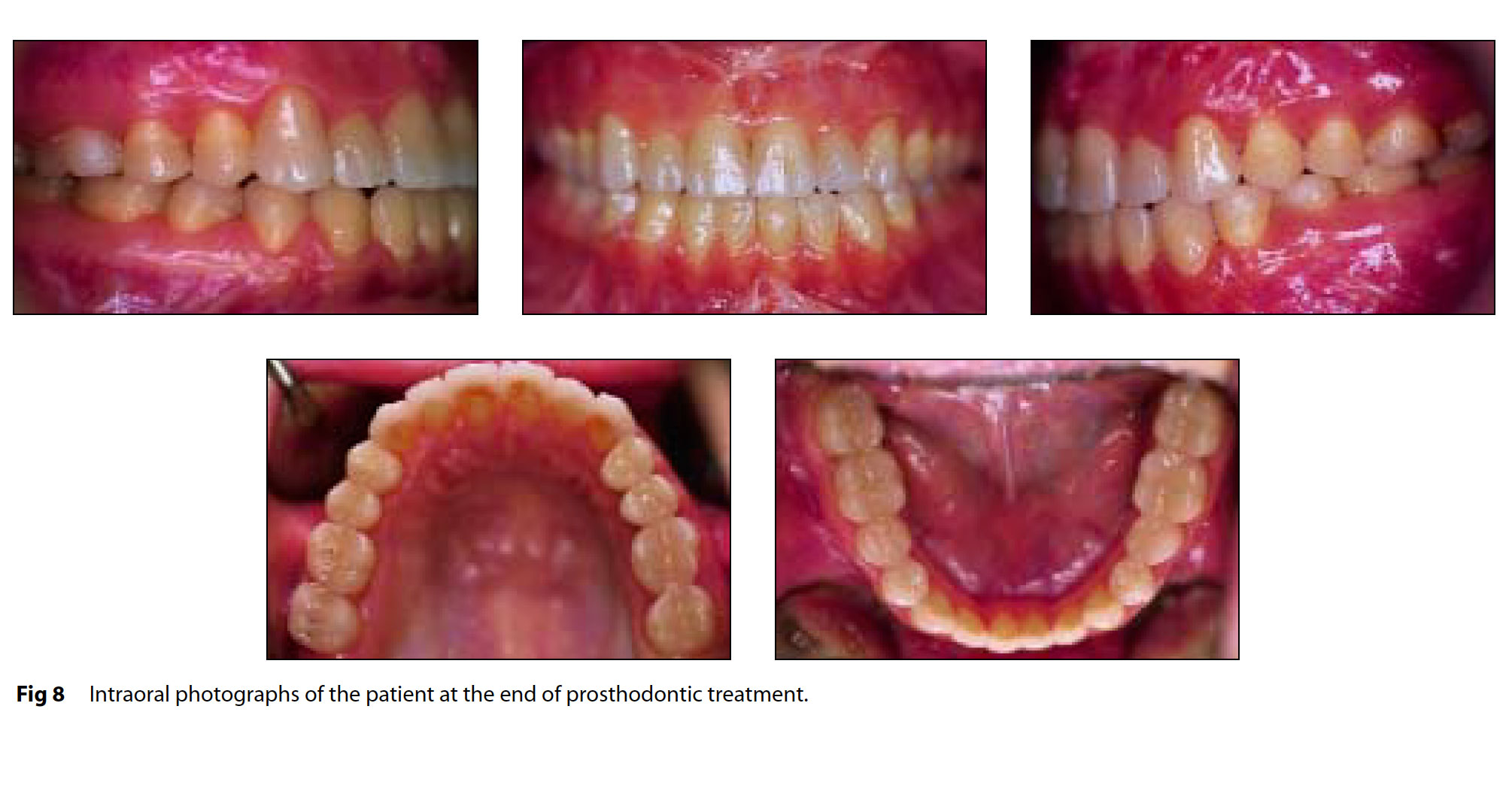
Fracture resistance of ceramic veneers with different preparation designs
Haziran 1, 2011Derya Kükrer 1 , Deniz Gemalmaz, Emre Orhon Kuybulu, Funda Oztürk Bozkurt
Affiliations
PMID: 15008227
Abstract
Purpose: The aim of this study was to evaluate the clinical performance of a ceromer (Targis) in indirect inlay restorations.
Materials and methods: Ninty-nine Targis inlays (37 premolars, 62 molars) were placed in 51 patients (mean age 27 years). Twenty-nine percent of the restorations were placed in patients with parafunctional habits such as bruxism or clenching. All restorations were in occlusion and were placed using Variolink (43 Variolink Ultra, 56 Variolink II high viscosity) in combination with the Syntac Classic adhesive system under rubber dam isolation. The restorations were evaluated according to modified USPHS criteria at baseline and for a recall period of 6 to 53 months after insertion.
Results: There were two clinically unacceptable failures in total. Fracture was registered in one molar at 38 months, and one molar needed endodontic treatment 7 months after insertion. Based on Kaplan-Meier statistical analysis, the estimated survival rate of the inlays was 97.9% (97.7% for Variolink Ultra, 98.2% for Variolink II high viscosity). It was apparent that deterioration occurred in the surface texture of the inlays, since a slightly pitted surface was observed in 29% of the inlays at recall examinations.
Conclusion: In this in vivo study, Targis inlays luted with both resin luting agents functioned satisfactorily, with a relatively low fracture rate over a mean evaluation period of 28 months.



